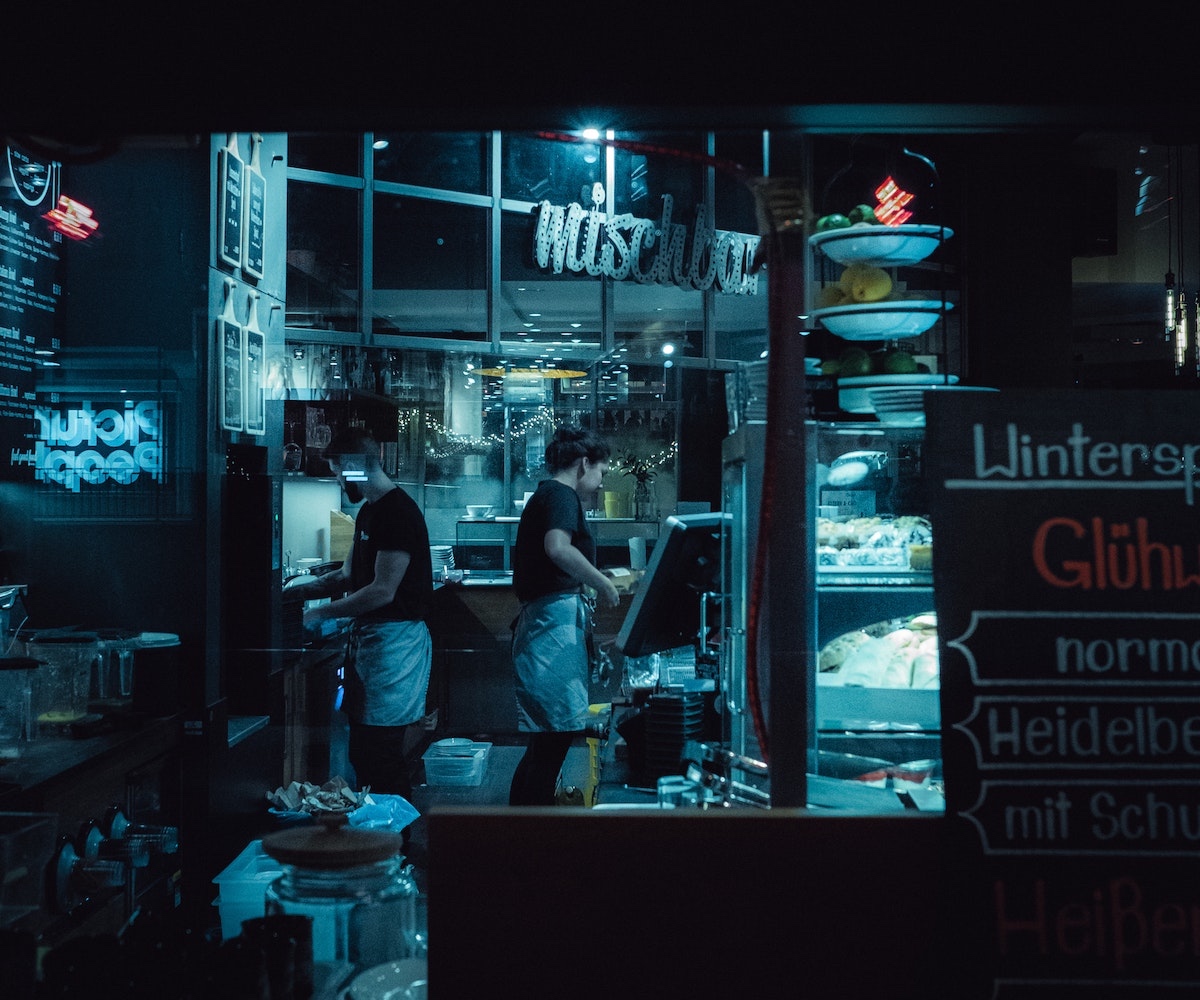From the much-discussed cost of eggs to fluctuating gas prices, everywhere you look, people are concerned about inflation. This concern isn’t just limited to customers wary over the possibility of paying $15 should they want an omelet.
(Good news: In January, prices started cooling off as the national inflation rate hit 6.4%.)
In a moment when consumers may not be able to afford their favorite products anymore — or decide what’s being sold is too expensive — business owners worry about what inflation could mean for their futures, too. With that, Honeycomb Credit, the East Liberty-based maker of a crowdfunding loan platform, invited a handful of entrepreneurs who’d run successful Honeycomb campaigns to discuss how they’d been responding to inflation.
Weighing in from Katy, Texas, 8 Myles CEO Myles Powell recalled that last year was a precarious time for his clean comfort food brand. His company produces premium macaroni and cheese, so last year’s rising dairy prices presented a problem. Worse, Powell said, prices rose at the same time the company was working with national retailers. It forced the company to reevaluate what its product would look like.
“We looked at what the customer wants [and] what kind of value we were driving because we couldn’t continue to raise prices and have the customer feel like they’re not getting the bang for their buck,” Powell said. “It also forced us to look at our formulation in general and what our value proposition is.”
The end result, he said, was that the company opted to increase its product size so that should 8 Myles need to raise its prices, customers wouldn’t feel they were being charged more for less. A similar dilemma was faced by Michael Godlewski, executive chief and general manager of EYV Restaurant.
When Godlewski opened his vegetarian restaurant in Pittsburgh’s North Side this past December, it coincided with a 3% increase in pricing across the board on produce. As his business serves mostly produce, Godlewski said he had to pay a more premium price for items from smaller farms. Furthermore, items such as napkins, chemicals and paper products came with a heftier price tag. The best course of action he found for dealing with the need for prices to sometimes reflect inflation is transparency with customers.
“We’re very open and engaging with customers and guests about our books and numbers and where things are at and just exploring,” Godlewski said. “I think when people hear that they kind of get a little more understanding.”
He pointed to the restaurant’s mushroom risotto and its $16 per portion cost as an example. According to Godlewski, the cost is also a reflection of a condensed menu due to inflation so both the restaurant and the customers can get more out of its most popular dishes.
“Instead of spreading that money out over multiple items, we’ve condensed it and [we] just bulk up more on items that we’ve known that are more profitable to kind of streamline that out until those prices stabilize,” Goldewski said.

Honeycomb Credit’s inflation panelists. (Screenshot by Atiya Irvin-Mitchell)
The effects of inflation isn’t limited to prices, but extends to workers’ wages, too. When asked how they balance more expensive production costs with wanting to pay their employees fair wages, CounterspaceBR owner Sarah Joy Hayes said her Baton Rouge, Louisiana-based bakery uses mostly part-time workers. Previously CounterspaceBR employed mostly college students, but nowadays, Hayes said, you’d find young professionals with an interest in running their own bakery at the counter.
The business’ original model was that employees should be paid 25% of its revenue, but has increased to 35%. Similar to EYV Restaurant, that means a leaner spread of services.
“We’re about to do a really big shift in how we take custom cake orders,” Hayes said. “Going forward, nothing will be fully customizable, unless you pay an extremely high premium. And that helps us manage our wage costs because I don’t have to have the cake decorator on staff every day of the week, right?”
Back to the customers: Panelists were aware that changes in consumer spending related to layoffs could impact their businesses. Annett Schultz of Jacksonville, Florida’s Cultural Kitchen said customers being cost-conscious isn’t entirely new, still, it never hurts to show customers appreciation for their loyalty. Sometimes that comes in the form of discounts and going the extra mile to make sure they feel welcome once they’re at Schultz’s restaurant. Schultz also stressed that she still feels it’s important to explain that any increase comes with a reason. Plus, she said, that change often comes with a larger product.
“When you come to the restaurant and you eat our food, you know why you’re paying the price,” Schultz said. “It’s our responsibility to say, OK, you’re getting skirt steak, it’s not a burger patty, you’re getting sofrito roasted pork, this is not a barbecue chain.’ It’s our responsibility to stand our ground.”
So what should an entrepreneur keep in mind in this economy? Have perseverance, do your research before embarking on a new business venture, figure out what’ll make you stand out in the crowd, and know your consumer.
“I mean, I think that the philosophy we try to live up to is one size fits one,” Godlewski said. “So we try to touch every table, talk to them individually and try not to assume that everyone’s gonna want [the same thing].”
Atiya Irvin-Mitchell is a 2022-2024 corps member for Report for America, an initiative of The Groundtruth Project that pairs young journalists with local newsrooms. This position is supported by the Heinz Endowments.Join the conversation!
Find news, events, jobs and people who share your interests on Technical.ly's open community Slack





